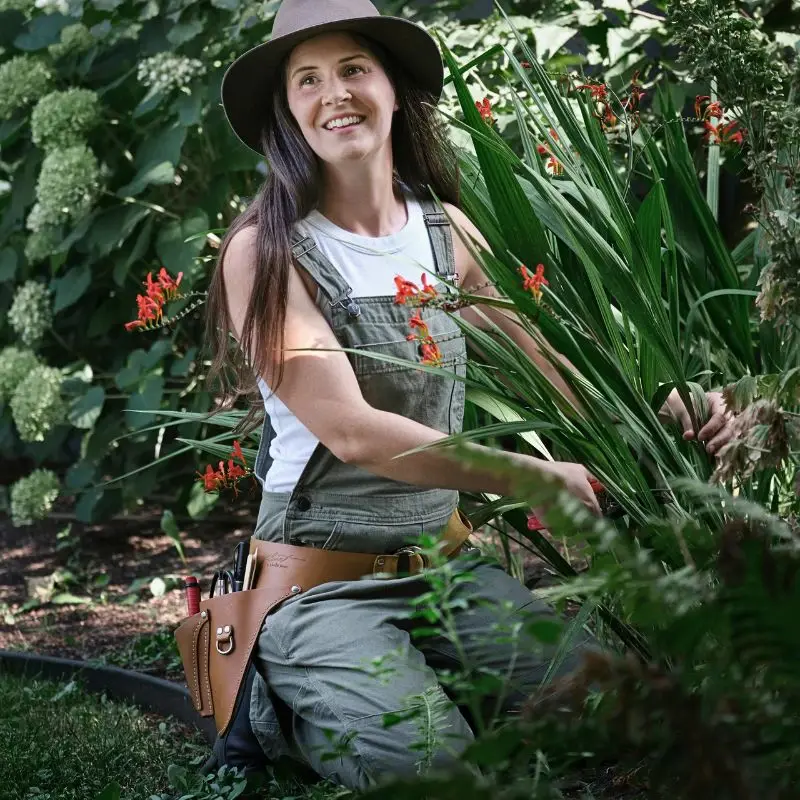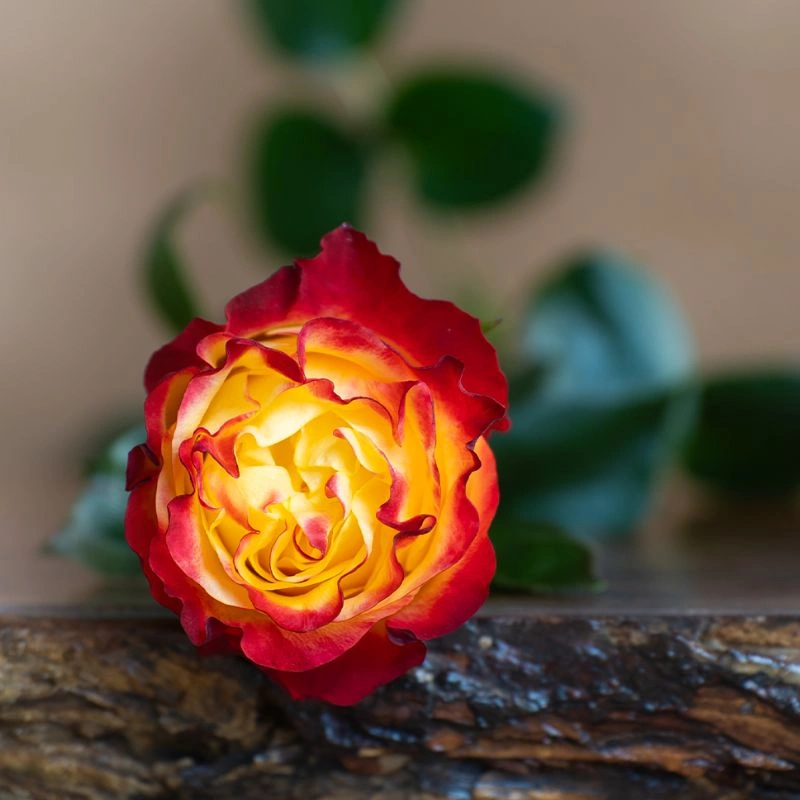Each garden rose variety grown at
Alexandra Farms is heir to a long line of ancestor roses, bred over centuries for exquisite color, elegant form, and evocative fragrance. But to reach their full potential in a vase or in a bouquet, these roses require special care, both before and after they are cut.
The Key Factor
The point of cut – or timing of the cut – is a key factor. Cut too soon (as might be the case with the same variety from another farm) and a garden rose will not open as fully as the promise of a garden rose demands. Cut too late and the rose is at risk of getting bruised during shipping; it may also open too quickly, rather than at a stately pace, unfurling day by day.
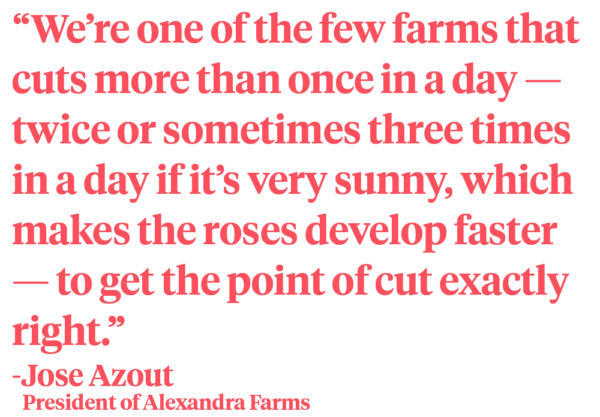
Knowing when that fleeting moment has arrived in the rose’s development that is the perfect point of cut requires watchful, variety-specific expertise. "We make exhaustive tests to determine the ideal cut point for each variety," says Jose (Joey) Azout, president of Alexandra Farms.
Catch the Rose When It Is Finally Ready
Armed with that knowledge, workers circle back through the beds to catch the rose when it is finally ready. "We’re one of the few farms that I know of that cuts more than once in a day — twice or sometimes three times in a day if it’s very sunny, which makes the roses develop faster — to get the point of cut exactly right," Joey continues.
Preparing that open-cut rose for its ultimate destiny demands further attention and care. That’s why garden roses from Alexandra Farms are packed in dozens instead of twenty-fives—because the open-cut means the roses require extra room in the box and extra care in packing.
The result is a rose that opens in the vase to its maximum size and value — with its many petals and its subtle, blended colors on full display — and that releases its fragrance with a generous abandon.
Well-nourished Garden Roses
In general, garden roses are cut at a more open stage than ordinary roses. Does this take away from their vase life? Not at all.
At one time, all roses grown for the florist market were cut and shipped very tight. The perception was that a rose that was even partially open was 'old' and starting to mature. Not only florists but many florists' customers shared this perception. Roses that were shipped tight may or may not open in the vase, and if they did, generally they would not open all the way.
Then, growers in South America began catering to the Russian market. Russian customers preferred cut roses with large, many-petaled heads that were wide open at the time of sale. To reach that stage of openness, roses had to be cut at a later phase of maturity.
The Roses' Russian Revolution
To everyone’s surprise, the 'Russian cut' roses didn’t suffer in terms of longevity. It’s true that they were more expensive to ship. But it turned out that when the rose spends just a little more time attached to its roots and connected to the soil, it is that much stronger and healthier when it’s cut. Its stem is thicker, its leaves larger and more numerous. In the harvesting practices for premium roses, a revolution was born.
Think of the difference between an ordinary and premium rose like the difference between a supermarket and garden tomato. The one that ripens on the vine is the one that brings to the table all the color, texture, and flavor that we associate with 'real' tomatoes. The other is a pale imitation.
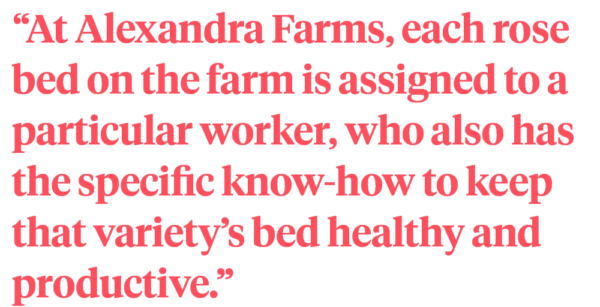
The Garden Roses' Kindest Cut
With garden roses, where the aesthetic is all about opening wide over a period of many days, the cut point is even more crucial — and more variable. In general, the more petals contained in a single bloom, the longer the rose should remain on the stem before it is cut.
Employees at the farms must know the different varieties very well because each has a slightly different cut point. The workers who harvest the roses must have special expertise to recognize just when a rose is ready for harvest. That’s why at
Alexandra Farms each rose bed on the farm is assigned to a particular worker, who also has the specific know-how to keep that variety’s bed healthy and productive. Their knowledge and expertise are what ensures the garden rose blooms are cut at just the perfect time each day.
So what do we get when nature and nurture join hands? Something close to perfection.

 Knowing when that fleeting moment has arrived in the rose’s development that is the perfect point of cut requires watchful, variety-specific expertise. "We make exhaustive tests to determine the ideal cut point for each variety," says Jose (Joey) Azout, president of Alexandra Farms.
Knowing when that fleeting moment has arrived in the rose’s development that is the perfect point of cut requires watchful, variety-specific expertise. "We make exhaustive tests to determine the ideal cut point for each variety," says Jose (Joey) Azout, president of Alexandra Farms.



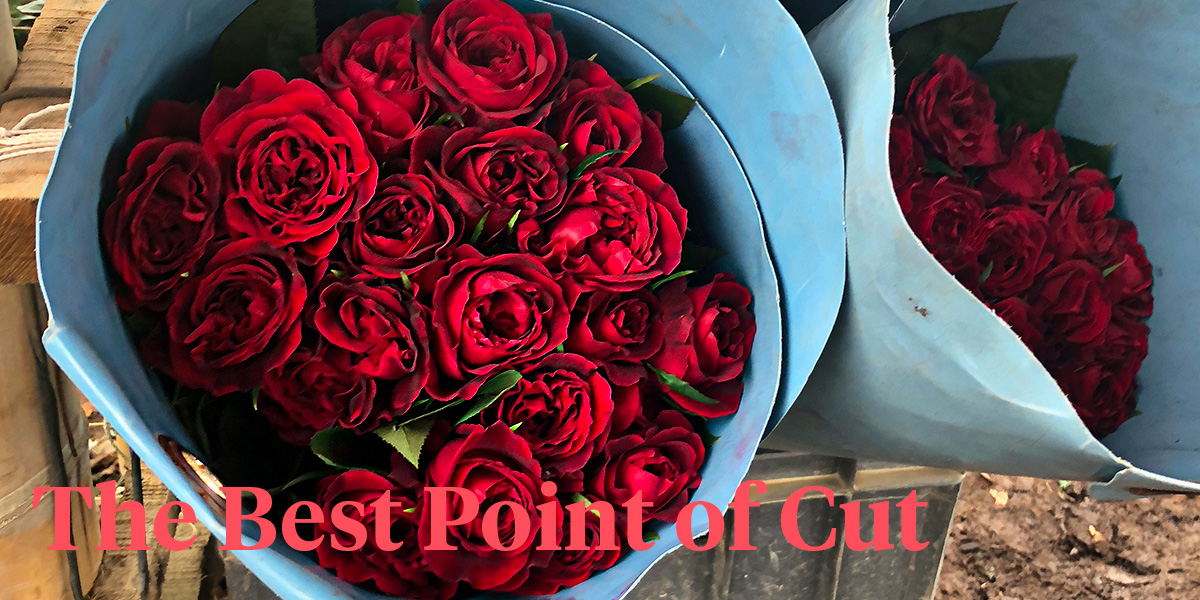
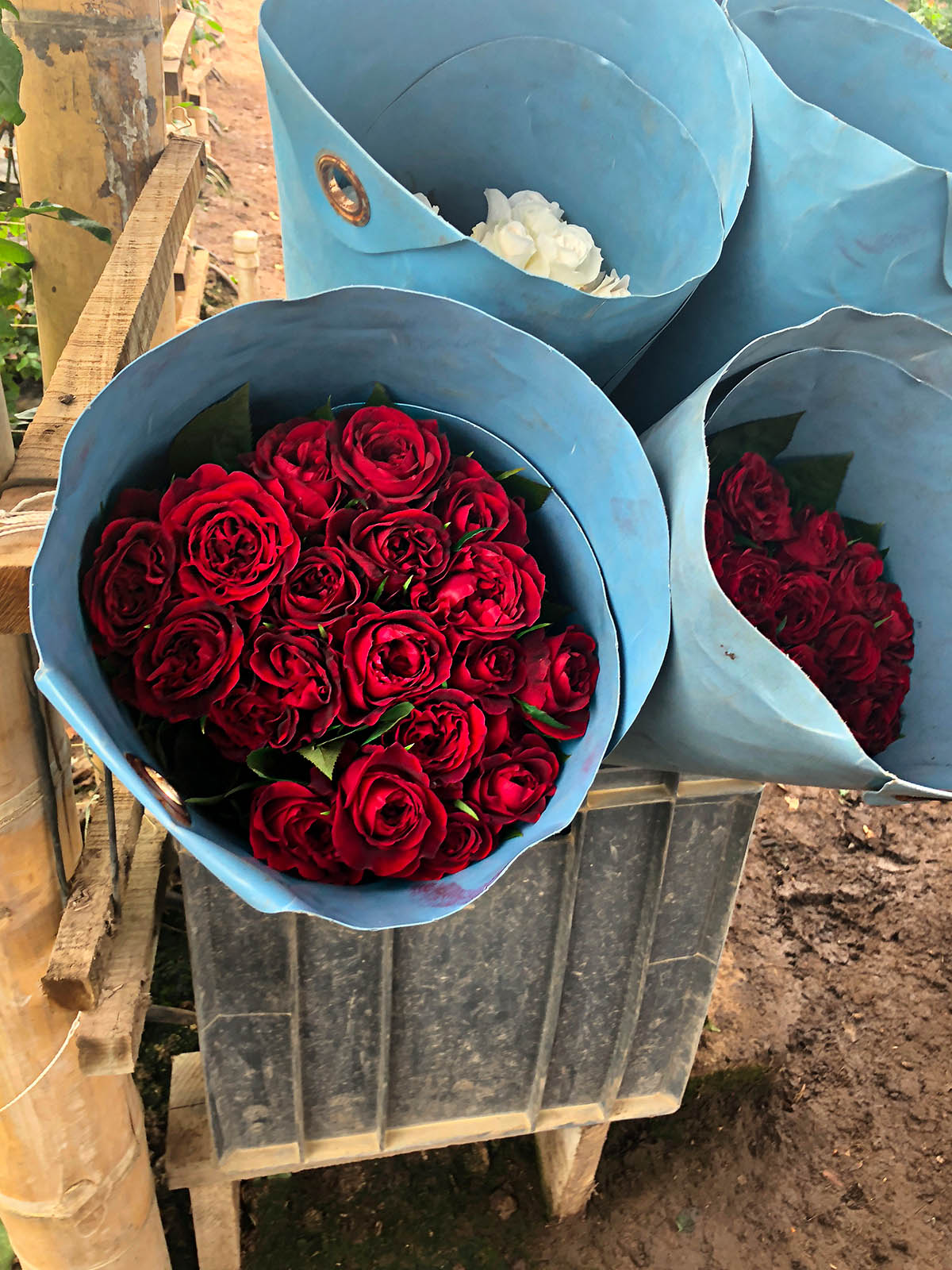
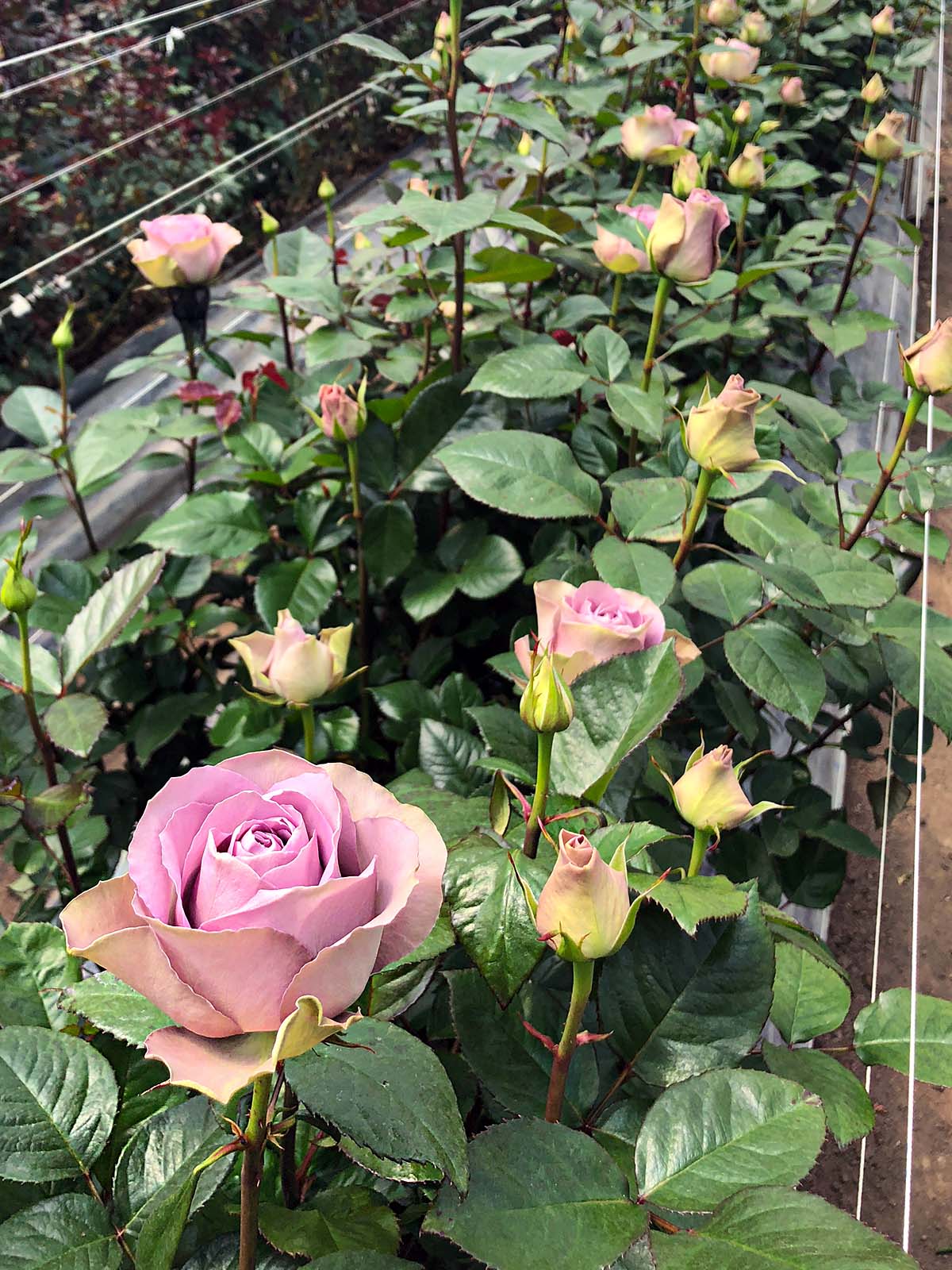
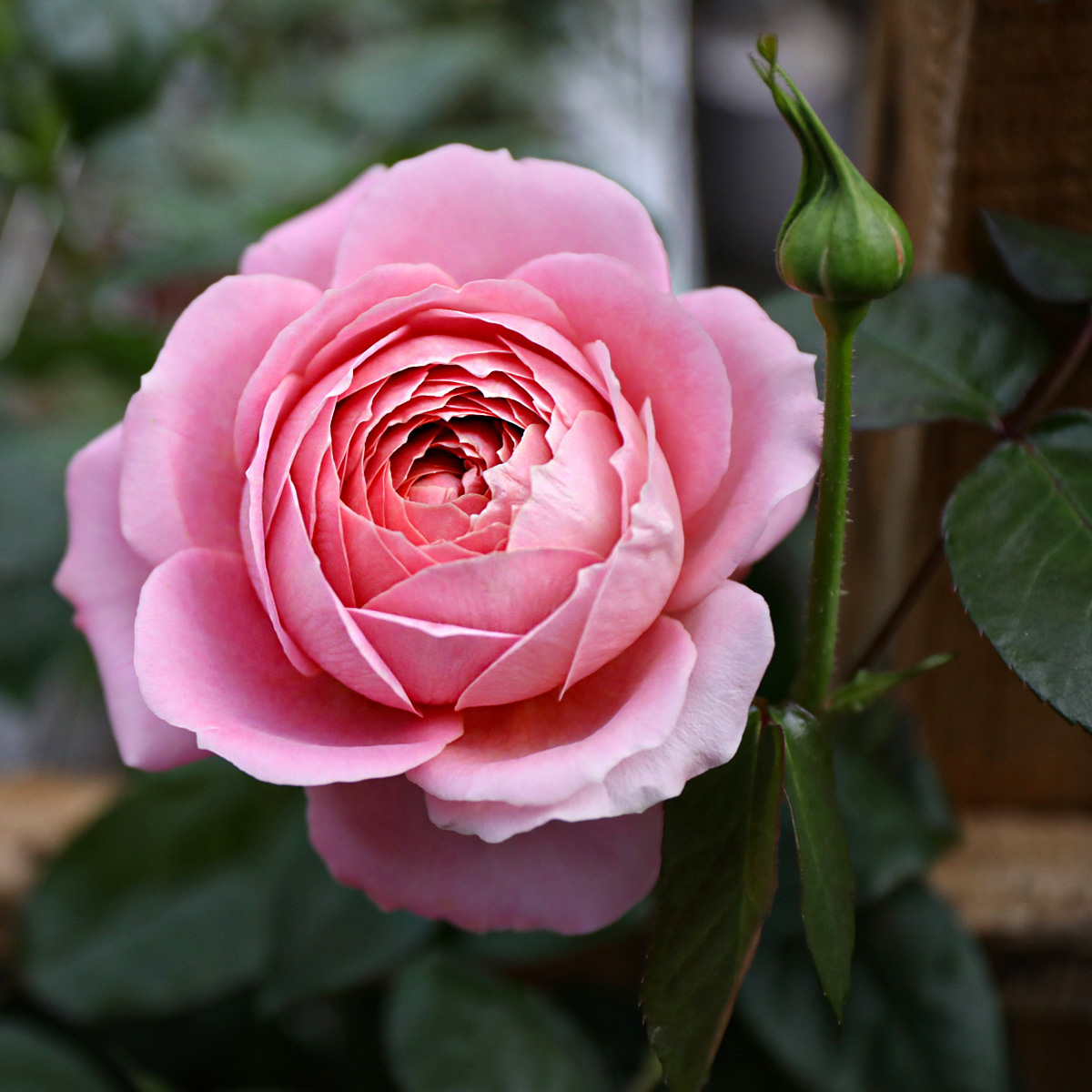
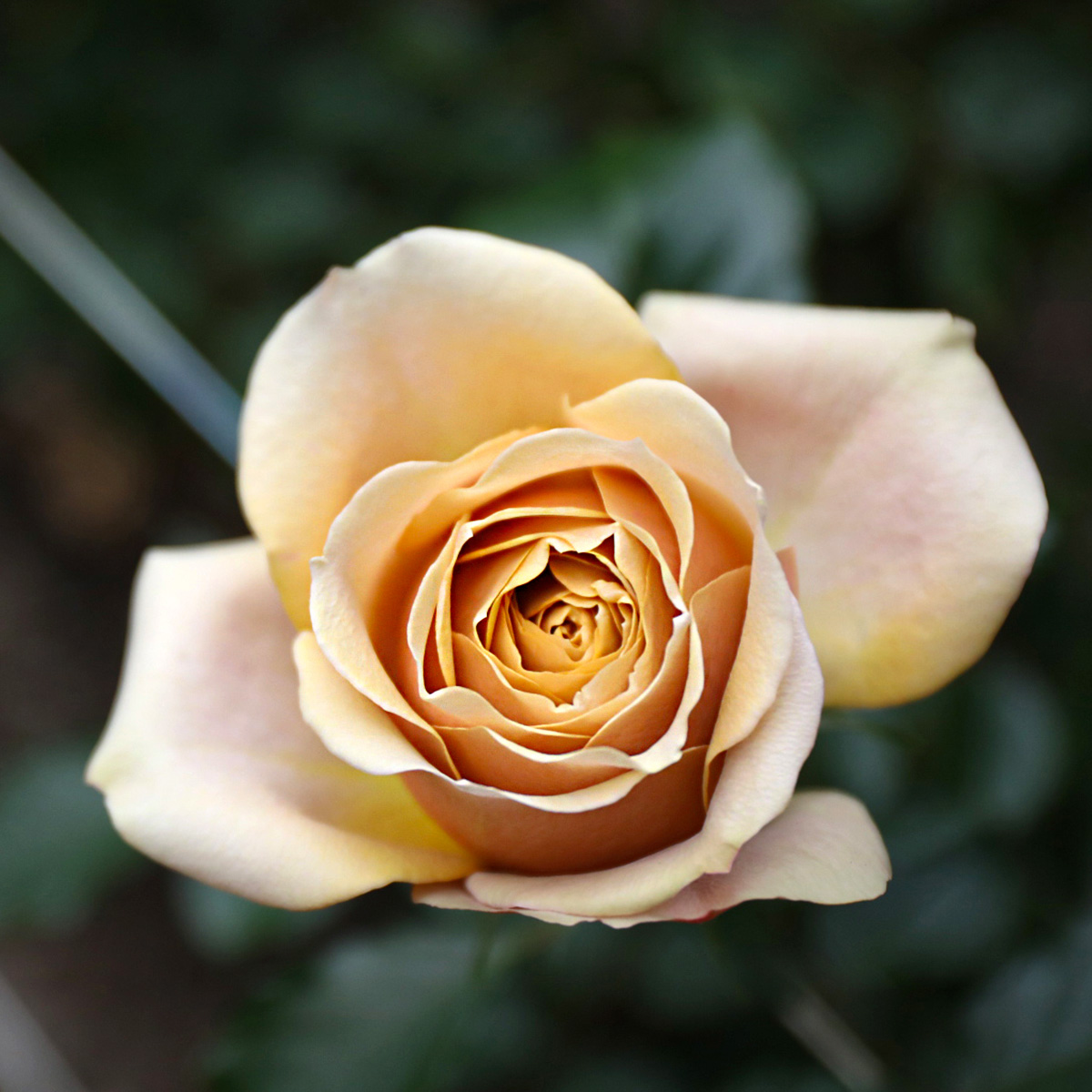
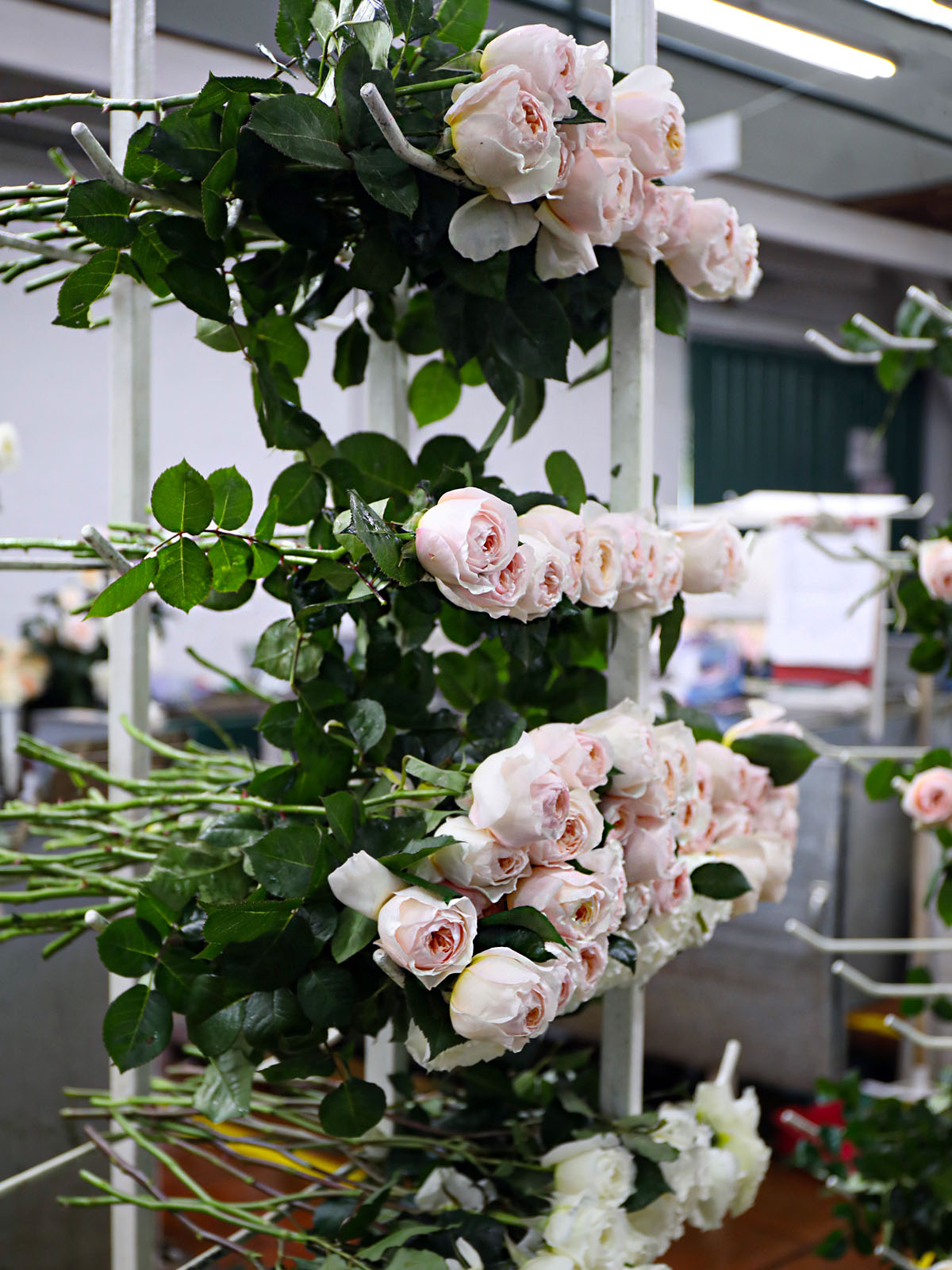
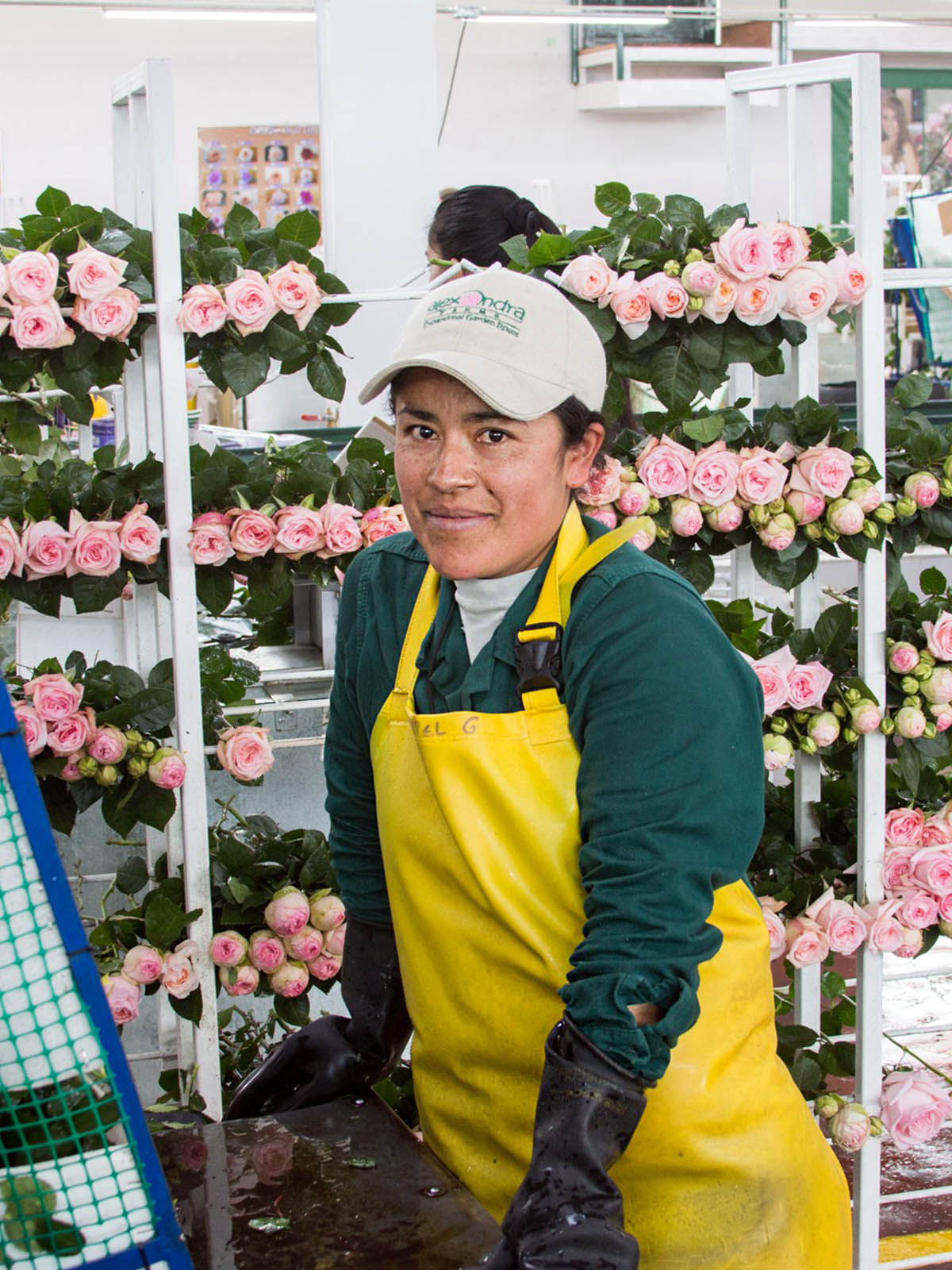
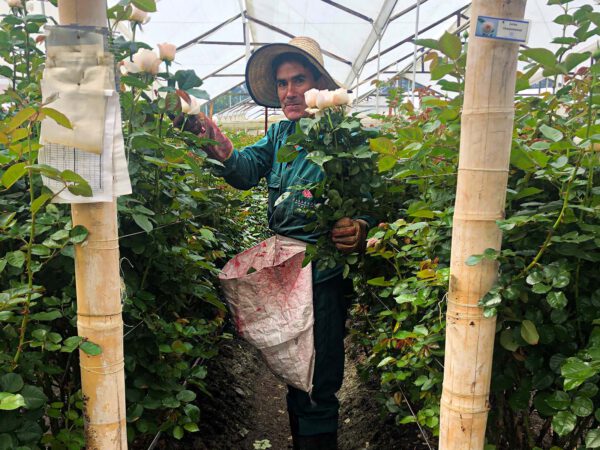 Harvesting
Harvesting 



